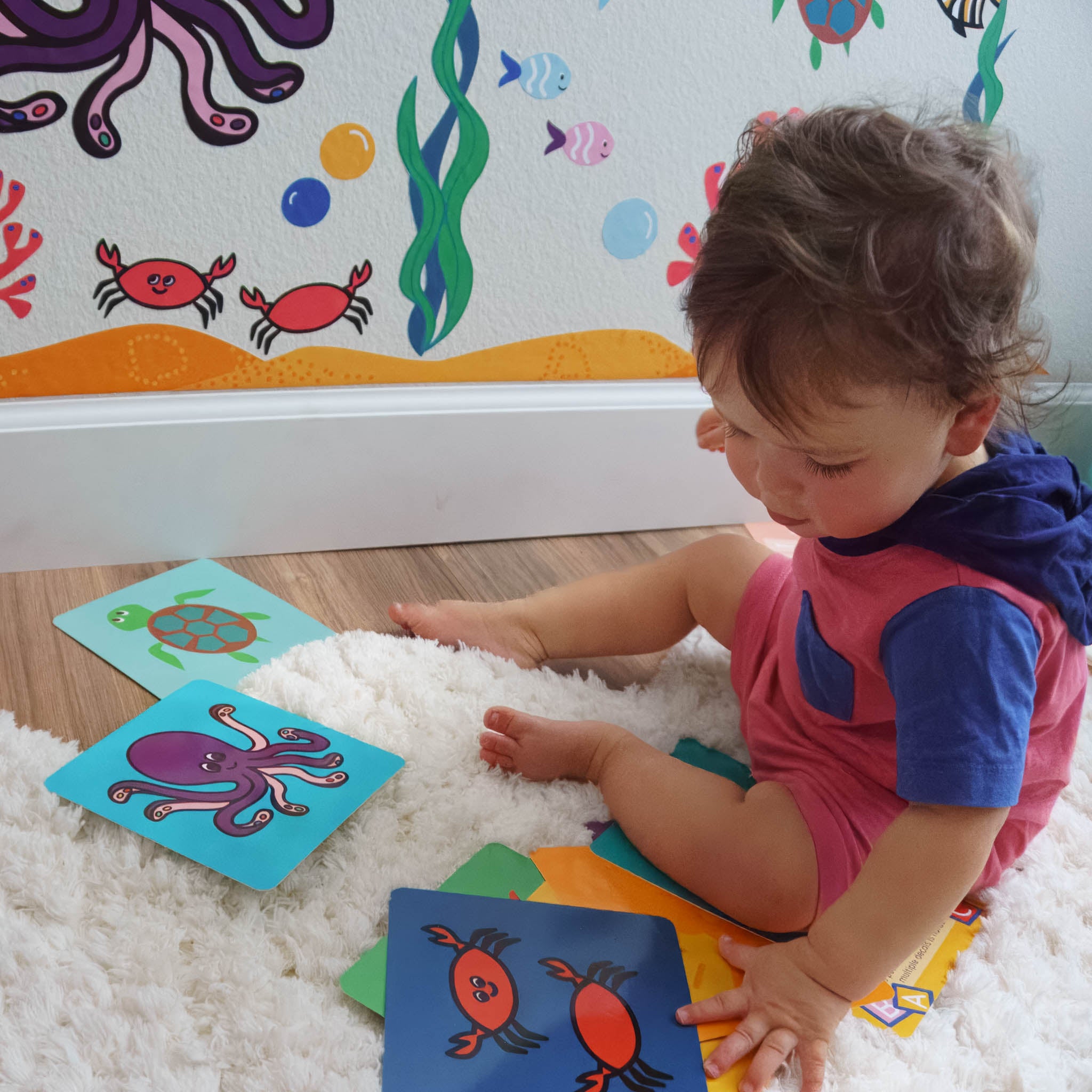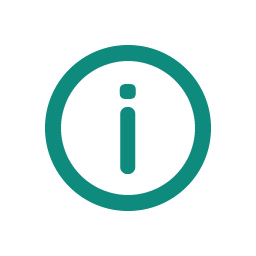
How do I know if my child can see?
Is your baby seeing the way they should be? In this post, I’ll walk you through quick ways to check your baby’s vision at home. These tips and activities will help you monitor your child’s vision and eye health at home and give you the tools to know when something isn’t right.
Responding to light
Let’s start with something that seems basic but is actually incredibly important. All babies (and older children) should respond to LIGHT. A “response” may be squinting their eyes shut when you turn on the lights or go outside into the sun, turning away from the bright light, or anything that shows they noticed the change in illumination. No reaction to a bright light is not normal. This can indicate more serious issues that are usually detected early on by your baby’s healthcare team. However, this behavior can also develop later, so it is worth mentioning here.
A quick health check
Next, take a look at your child’s eyes. Your baby’s eyelids and eyelashes should be clean (no flakes, crusting or discharge – other than tears at times, obviously) and the area around their eyes should not be red or swollen. All babies (and older children) should have a relatively white outer part to their eye (called the conjunctiva), a colored circular part (the iris) and an even smaller dark circular opening (the pupil). The size of the pupil will change based on the lighting around them (think of the aperture to the camera we referenced in the previous post). Pupils should NEVER be white or opaque. They should always be dark, at any age. If you see a white pupil, reach out to your baby’s healthcare provider right away. This sign tells us something is blocking where light should be passing through. If light can’t pass through the pupil, your baby isn’t seeing through that eye.
Expert tip: Try taking a picture of your baby with the flash on. Their pupils should either be black, or have a red reflection, but white pupils are not normal!
In summary, parents can monitor for serious eye issues by:
- Watching to make sure their baby responds to bright lights
- Checking the color of their pupils (they should not be white)
- Looking closely for redness, crusting, or swelling of the eyelids, as well as the other parts of the front of the eye
Seeing clearly?
Now that we’ve covered the big stuff, here’s a simple guide to help you estimate how clearly your baby sees:
|
0-3m |
Baby notices lights, looks at familiar faces. |
|
3-6m |
Baby notices medium-large objects in close range, like an object about the size of a basketball from a distance of about 2-3 feet away. |
|
6-8m |
Baby notices objects at further range, like a basketball-sized object 4-6 feet away. Baby can reach for small-medium sized objects like toys or pacifiers. |
|
8-12m |
Baby notices small objects near them (think of the size of your standard snack puff on a table in front of your baby). |
|
1-3yrs |
Child can see better far away, but will still take time to see like an adult. Ask questions about small-medium sized objects (like a coffee mug or a baseball) at a distance of 8-10 feet away to get a feel for what your child can see. |
|
4+yrs |
Child should be able to see 20/20 or close to that. They should see individual leaves on a tall tree or a bird flying in the sky. |
These guidelines may seem “non-scientific”, but that is the point! It can be hard to understand eye lingo sometimes. How many people really know what “seeing 20/20” really means?? I’ll always try to relate these terms to everyday tasks or common items where I can help you use the tools you have around you to track your child’s progress. Just a reminder, that monitoring your baby’s vision with these recommendations isn’t a replacement for a complete eye exam with an eyecare provider. They have the best tools and knowledge to find out all about your child’s vision!
As you may be able to tell from the examples above, observing what your child does is the best indicator of what they can see. Once they start babbling and you can somewhat make sense of what they’re saying (a true parenting super power), start playing detective and ask them about the world around them. This is your best tool to figuring out what they do and don’t see, even if it might be described to you in strange ways! If they’re not seeing something you think they should be, then discuss your concern with their pediatrician or eyecare provider. And if you notice any of the big stuff (white pupil, swelling or crusty eyelids, not reacting to bright lights), then don’t wait for your child’s next well check to bring this to your pediatrician’s attention, contact them sooner.
Next up, I’ll walk you through how to know whether your baby is using both their eyes. Yes! Humans have two eyes for a reason babies should be using both of them from the start. If you have any comments or questions, post them below and I’ll be happy to answer.






Leave a comment
This site is protected by hCaptcha and the hCaptcha Privacy Policy and Terms of Service apply.